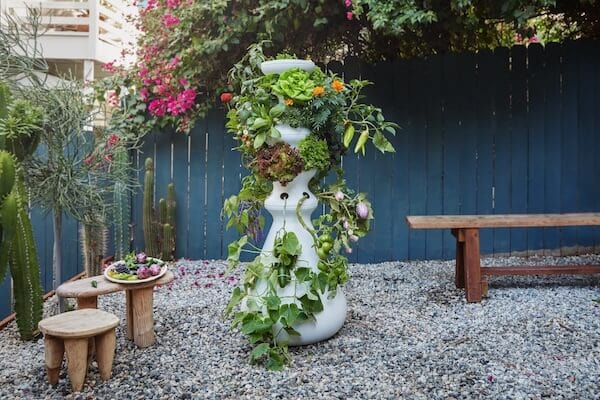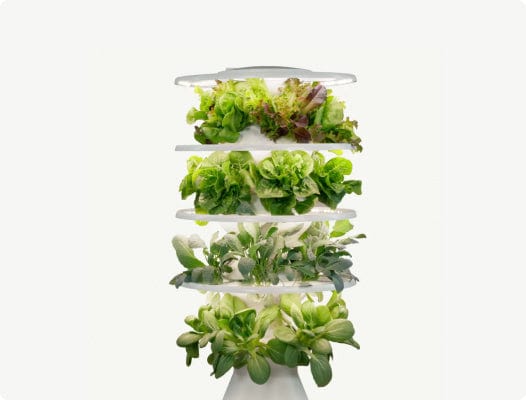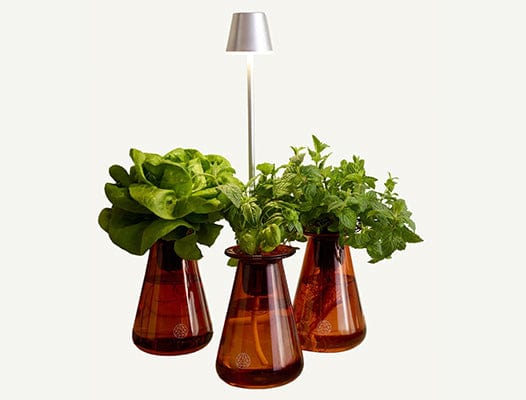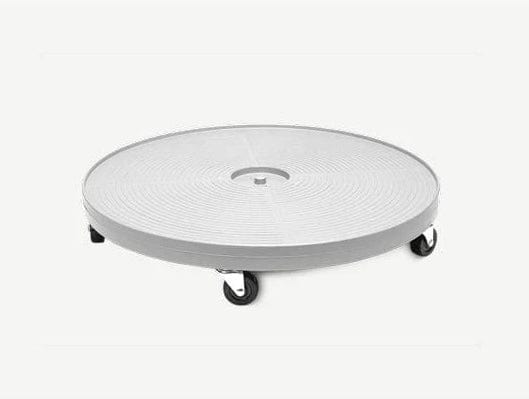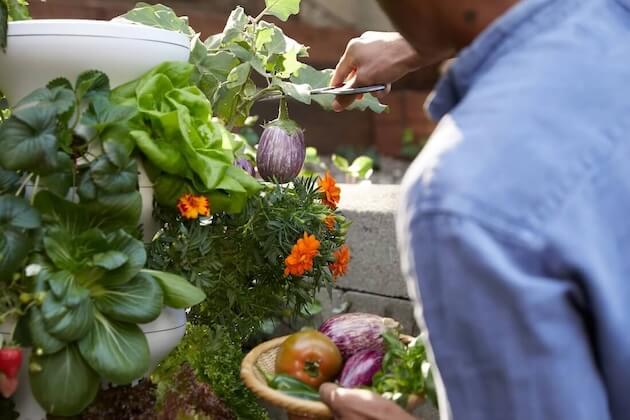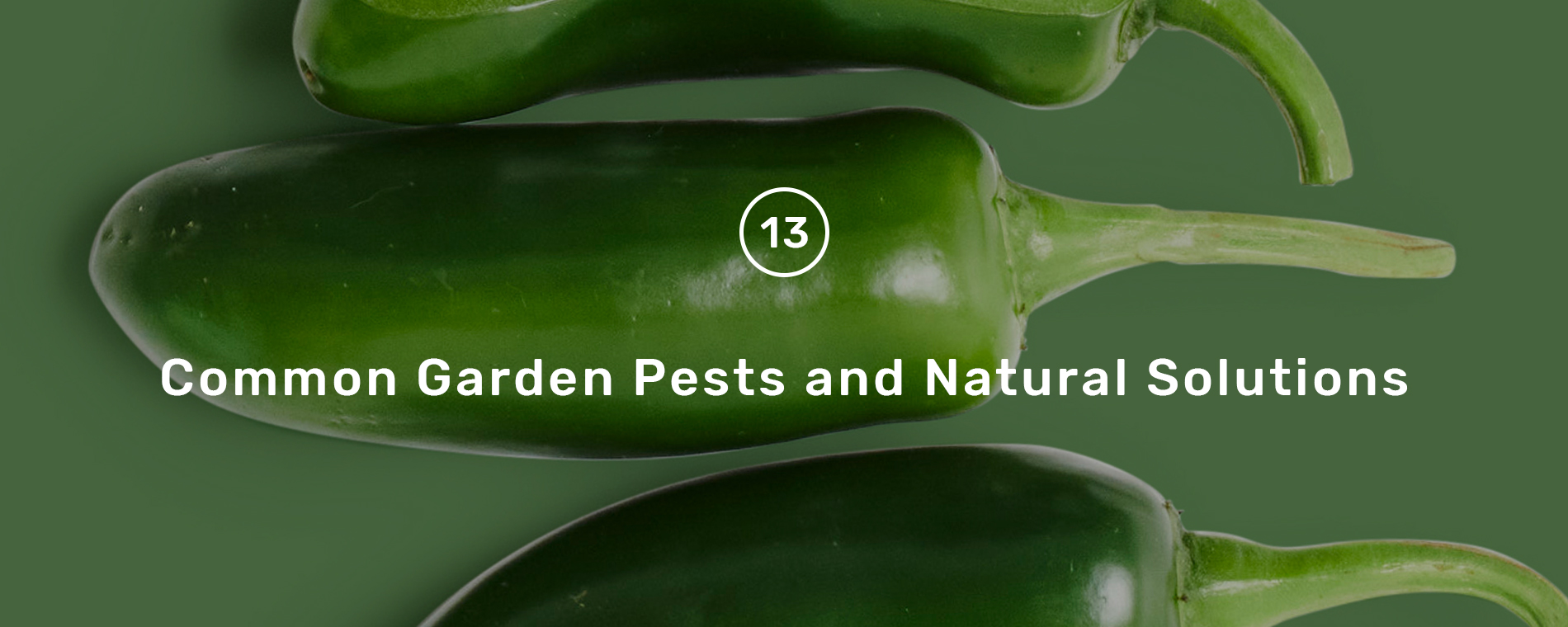
In this guide, we cover how to identify common garden pests and natural pest control solutions. Before you read on though, we recommend taking a look at our resource on Integrated Pest Management for the best tips and tricks on preventing pest infestations.
Aphids
Season: Year-Round
Environment: Indoor & Outdoor
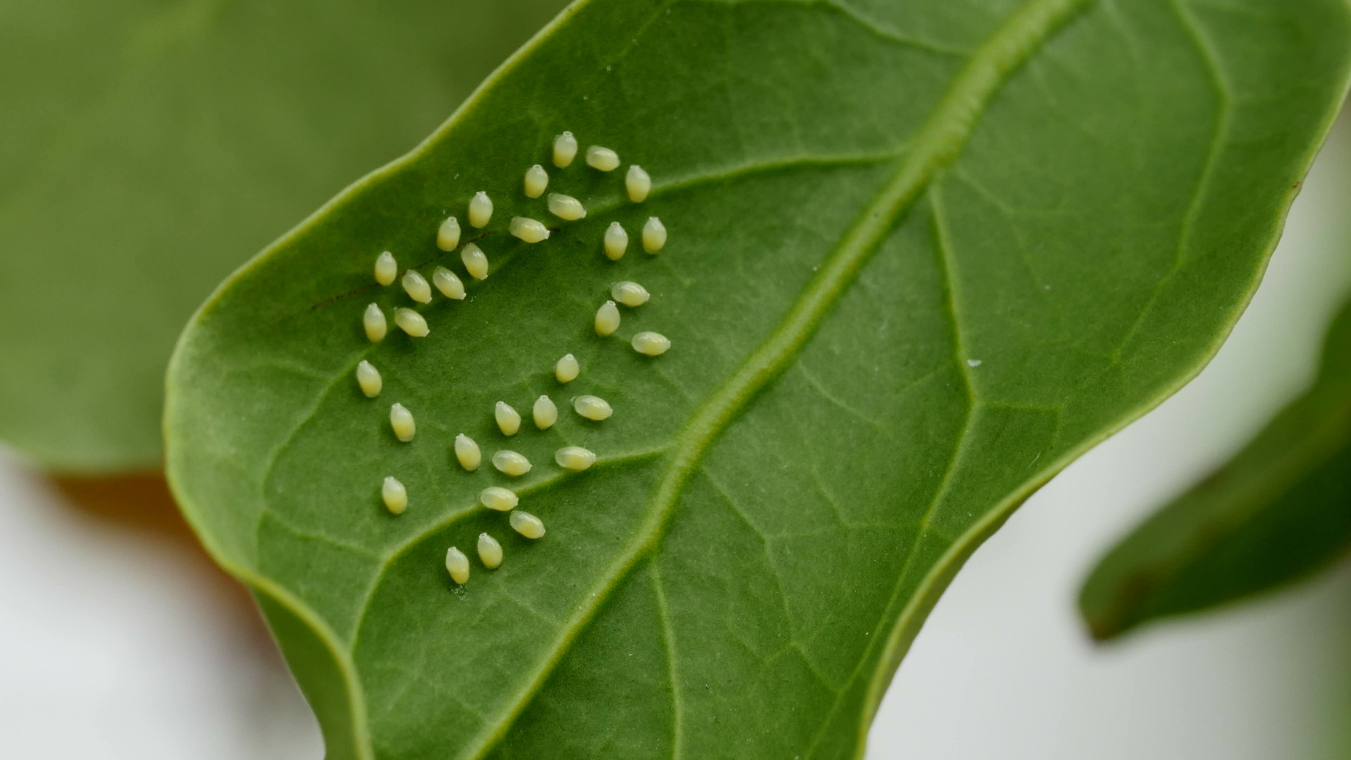

ABOUT
Aphids feed on plant sap. They can easily be found living in grass, weeds, and tree foliage, and can make their way inside your home through open doors and windows, or by attaching themselves to clothing or pets. Adult females can lay between 3-10 nymphs per day, and generally have a lifespan of up to a few weeks. This means that, if left unchecked, an individual female can produce up to 100 young aphids in a 3-week timespan.
IDENTIFICATION
Aphids can range in color from green, red, black, brown and gray, depending on the species. They are often found on the underside of leaves where they are more protected from natural predators and out of direct sunlight.
Aphids leave behind a sticky substance on the leaves called “honeydew”, which can sometimes be easier to spot than the aphids themselves. Aphids also molt throughout their lifecycle, leaving behind discarded skin or ‘molts’. Looking for molts is one of the best ways to look for aphids. Molts closely resemble bright white skeletons, which stand out against dark green leaves. If you find molts on your leaves, you have aphids.
TREATMENT
Start scouting from the get-go and continue on a regular basis. Early detection and control are your best friends. Harvest plants young, so there are less dark shady leaves for aphids to hide. Consider squishing and killing any aphids you may find. You can also wash the aphids off your plants. If you choose this washing method, we recommend that you bring a bucket of water to your Farmstand since aphids can fly away and potentially over to other plants if agitated.
Not all bugs are bad! Predatory wasps such as Aphidius colemani and Green Lacewings feed on aphids. When growing indoors without natural predators like these, however, aphids can quickly become a problem if not detected early. Make sure you scout early and often.
Chemical control: Insecticidal Soap, Pyrethrins, Neem Oil, Spinosad. Follow label instructions and read our “How to spray” section for more information. Consider spraying multiple applications over 3+ weeks to make sure you get rid of all generations.
Fungus Gnats
Season: Year Round
Environment: Indoor and Outdoor
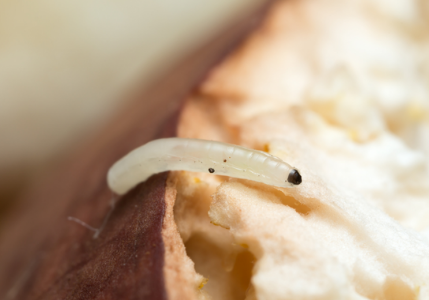
ABOUT
Fungus gnats are small flying insects that feed on decaying organic matter and algae that can form on the grow medium. Fungus gnats are prevalent in many horticultural settings because their primary food source - algae - is an inherent part of growing plants. Adult fungus gnats don’t actually damage plants but they can be an annoyance.
IDENTIFICATION
Eggs are deposited in the uppermost portion of the substrate and will eventually develop into small, clear larvae. Adult fungus gnats are small, black flying insects.
TREATMENT
Consider cutting back on your irrigation to control algae growth, but make sure to watch your plants for signs of wilting. Place sticky cards directly into the substrate to monitor pest populations. As larvae develop wings, they’ll immediately leave the substrate and are clumsy fliers. They are also attracted to the color yellow and often fly right into the sticky trap.
Beneficial nematodes, like those in NemAttack, are live microscopic organisms that feed on fungus gnats in all growth stages.
Chemical control: Hydrogen peroxide (follow instructions below), Pyrethrins, Insecticidal Soap, Bacillus thuringiensis v. israelensis. Follow label instructions.
Hydrogen peroxide: Mix 1 part 3% Hydrogen peroxide (food grade preferred, but drugstore peroxide will work too) with 3 parts water in a spray bottle. Apply the solution directly to the top of the grow medium, enough to saturate the top. Repeat 2x per week, 3-4 days apart until you stop seeing larvae.
Caterpillars
Season: Summer & Fall
Environment: Outdoor

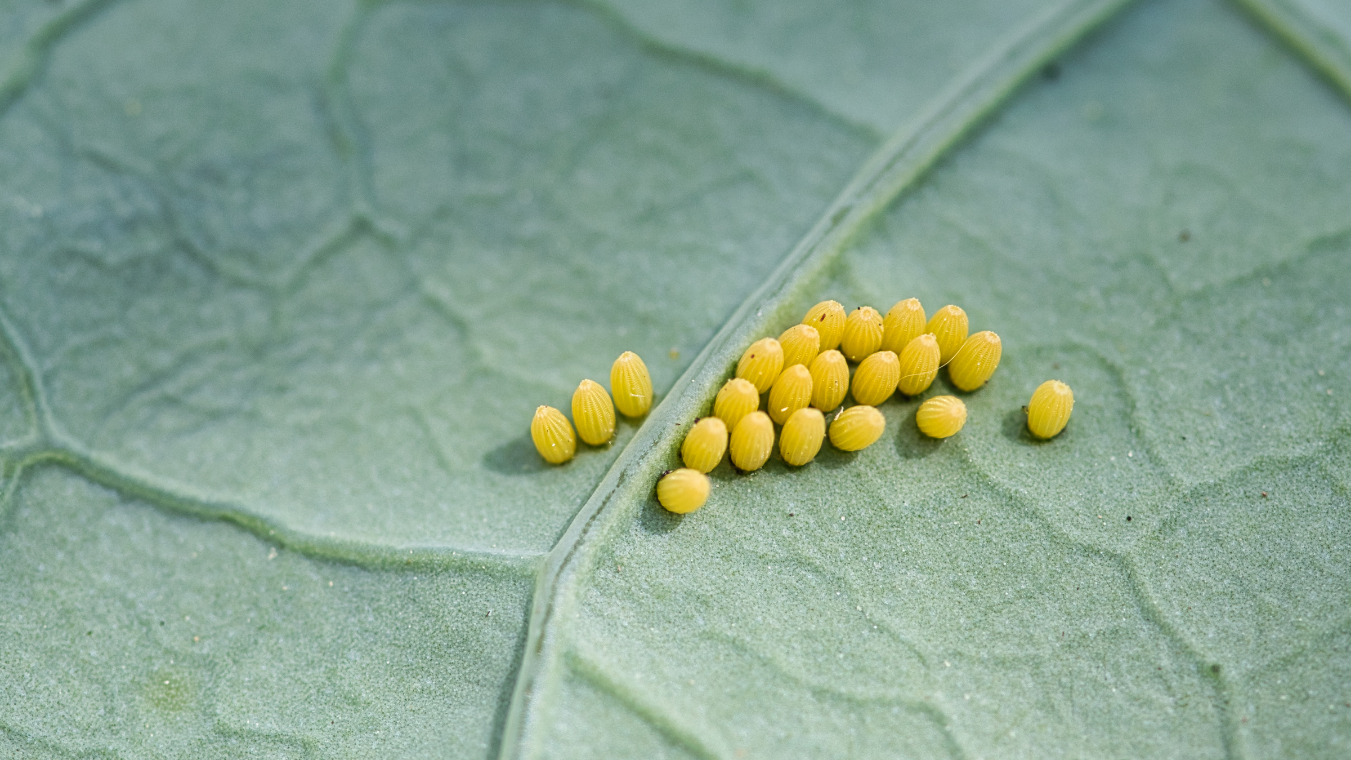
ABOUT
Caterpillars are the larval stage of some species of moth or butterfly and can be particularly destructive. Moths and butterflies prefer to lay their eggs close to food sources (like your seedlings) so the caterpillars don't have to travel far to find food when they hatch.
IDENTIFICATION
While many types of caterpillars exist, most are brown or green worms that leave behind black droppings and holes that go all the way through leaves. They can be difficult to find because they are often found on the underside of leaves and lay against leaf stems in order to blend in. They will start to move around once they are done resting in the mornings.
TREATMENT
Limit nearby weeds and remove any mulch and grass where caterpillars may be hiding. Consider squishing and killing any caterpillars you may find.
Predatory wasps, such as Trichogramma, and predatory insects, like green lacewings and assassin bugs, feed on caterpillars.
Chemical control: Bacillus thuringiensis, Insecticidal Soap, Pyrethrins. Follow label instructions and read our “How to spray” section for more information.
Note: Hornworm caterpillars love plants in the nightshade family so be sure to check your tomatoes, eggplant and peppers if you see black droppings on their leaves.
Leaf Miners
Season: Spring & Summer
Environment: Outdoor
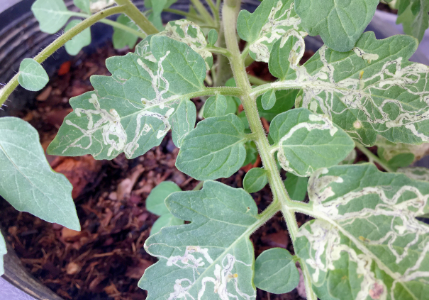
ABOUT
Leaf miner activity is directly related to temperature, so their damage is usually not an issue during Fall and Winter months. They can cause damage at both the larval and adult stages.
IDENTIFICATION
Leaf miner larvae tunnel or ‘mine’ their way through leaf tissues. These tunnels leave behind damaged tissue that can cause a significant loss in leaf area, directly affecting yield, and can be prone to bacterial infection.
TREATMENT
Keep your plants healthy since stressed plants have weaker cell walls and are more susceptible to damage. Leaf miners often attack the first true leaf on young seedlings. If damage is found, you can try squashing the larva at the end of the tunnel. If a plant appears healthy, you can also remove the affected leaves, but be careful not to remove more than 1/3rd of its leaves at any given time. Removing too many leaves at once will leave your plant without sufficient leaf tissue to photosynthesize.
Diglyphus isaea are non-stinging, parasitic wasps that disrupt leaf miners' life cycles.
Chemical control: Spinosad, Pyrethrins. Follow label instructions and read our “How to spray” section for more information.
Mites
Season: Year Round
Environment: Indoor & Outdoor

ABOUT
Mites are quite small, and they often require a hand lens in order to identify. They prefer warm temperatures and can reproduce quickly in the right conditions. Mites can cause severe damage to flowering crops, and they can be difficult to control once established.
IDENTIFICATION
Mites usually live in colonies on the underside of leaves, out of direct light. Because of their small size, they can be difficult to spot so their damage is often mistaken for nutritional deficiencies. (Think yellowish stippling, distorted fruits or flowers, and webbing.)
TREATMENT
Mites take advantage of dry climates to establish themselves in a crop. Rinse affected plants with water and physically wipe any mites off of leaves.
Mites have many natural predators including but not limited to the Persimilis mite, Mesoseiulus longipes and Amblyseius swirskii.
Chemical control: Miticide, Insecticidal soap, Pyrethrins. Follow label instructions and read our “How to spray” section for more information.
Thrips
Season: Spring & Summer
Environment: Outdoor

ABOUT
Thrips reproduce rapidly in warm climates. They prefer brassicas and flowers, but are generalist pests and can be found on just about anything. Thrips feed by piercing plant cells with their mouths and feeding on exuded plant juices. The collapse of plant cells due to feeding often results in deformed flowers, leaves, and shoots.
IDENTIFICATION
Thrips are extremely small, active and move quickly when disturbed, making them difficult to identify. Nymphs are more visible due to their bright yellow color. Looking for damage can be an easier indicator that thrips are present. Look for a stippling or “scratching'' appearance on leaves, silvering of leaves, or twisted leaf and flower growth.
TREATMENT
The presence of thrips does not mean that damage will occur. Use sticky cards to monitor the population.
Predatory insects like Cucumeris, Orius, and Green Lacewings feed on thrips.
Chemical Control: Pyrethrins, Neem Oil and Azadirachtin. Follow label instructions and read our “How to spray” section for more information.
Snails and Slugs
Season: Spring & Summer
Environment: Outdoor
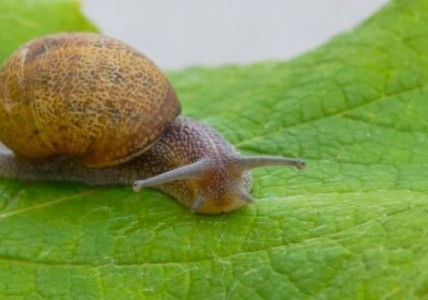
ABOUT
Snails and slugs are soft bodied gastropods that love to hangout in wet, shady spots around damp plant debris and mulch, underneath rocks, and in low weeds. They feed on living plants and decaying plant material.
IDENTIFICATION
Snails and slugs are most active at night so you will most likely notice them from the evidence they leave behind - like a shiny slime trail as they travel, damage to young seedlings, and plants with large, irregularly shaped holes. Farmstands allow for vertical, hydroponic growing, so plant and root issues due to snails and slugs are rare. However, if your Farmstand is in a wet, shady environment, there may be snails and slugs in the area that find their way onto your plants.
TREATMENT
Remove their hiding places like nearby wood and stones that can provide wet hiding places. Move any nearby planters or pots onto stands. Make sure your outdoor Farmstand is in a location that receives plenty of air flow and 5-6+ hours of direct sunlight.
Phasmarhabditis californica is a beneficial nematode that is effective in getting rid of snails and slugs.
Chemical control: Sluggo, Monterey Snail & Slug Spray. Follow label instructions and read our “How to spray” section for more information.
